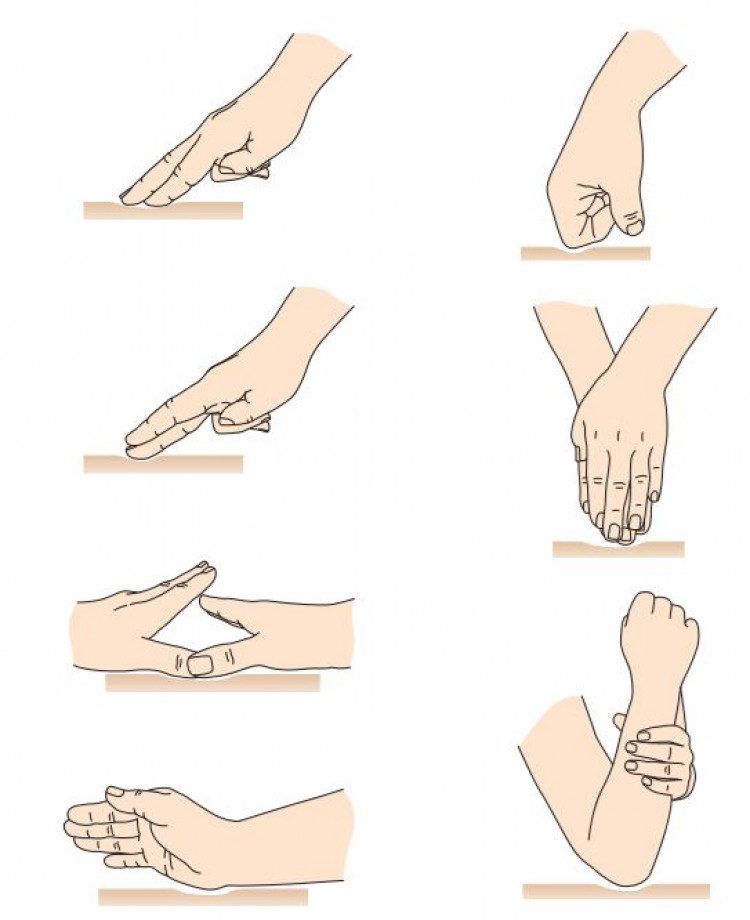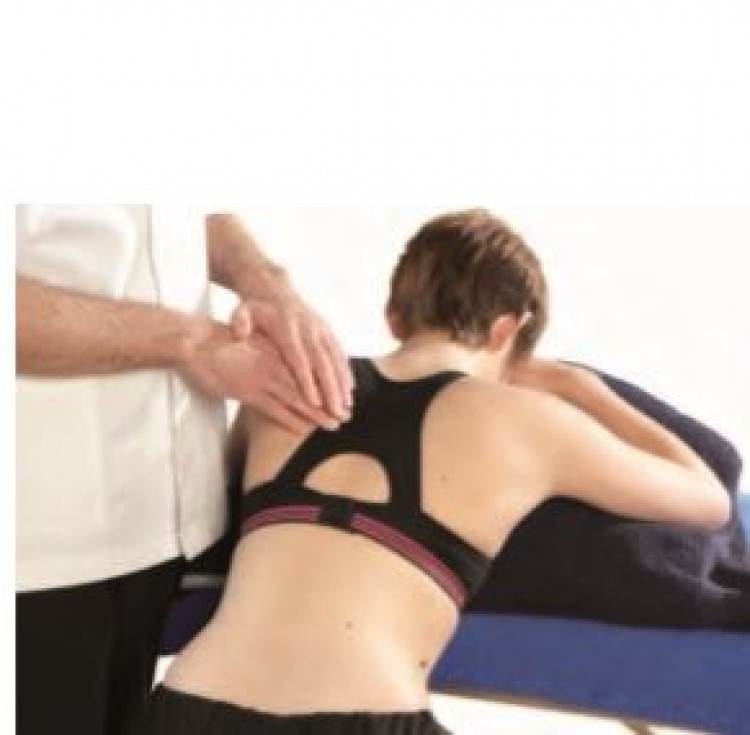How massage can ease pain and bring comfort to sufferers of sporting injuries
By Nub News Reporter 22nd Jun 2023
By Nub News Reporter 22nd Jun 2023

In the latest of our features in conjunction with Congleton-based physiotherapy practice Norris Health we look at sports massage therapy.
Norris Health, which has a clinic on Lawton Street, has been established in the Northwest for more than 30 years and is one of the leading physiotherapy practices in the country.
It is led by highly experienced physiotherapist Dr Chris Norris, who is also the author of 14 clinical books on physiotherapy, exercise, and acupuncture and lectures around the world to universities, teaching hospitals, and private clinics.
He told Congleton Nub News that massage is a very old technique and one which often occurs naturally to both humans and animals.
For example, Chris recalls that when a child cries because they might have knocked a knee, we sometimes 'rub it better' and when a dog hurts his paw he often licks himself.
Each of these actions can be seen as a form of primitive massage.
Medical massage itself started in Europe and the Swedish system which began with a doctor Ling in Stockholm is probably the most well-known massage system.
Massage is a technique which straddles both art and science. Intuitively we use rubbing techniques because they make us feel better, and in the scientific community there has been a push to establish whether this is simply a good feeling or if there is science behind the technique.
Sports massage technique
There are several different kinds of massage therapy. Swedish massage is a traditional type, while aromatherapy is massage using scented oils. Sports massage therapy (SMT) involves deeper techniques to prepare the body for sports performance, or to encourage recovery from exercise. SMT can also be used for non-sport related conditions, as the deep nature of the techniques suits conditions such as back pain and sore muscles or joints.
Prior to an SMT session your therapist will assess your individual needs and the sports massage techniques themselves will be tailored precisely to your requirements. The depth of the techniques will suit your clinical condition and your body type. Often different parts of the hands and fingers are used to give massage (see figure), and the forearm and even the elbow can be use also, allowing deeper pressure techniques to be applied comfortably.

Hand positions used in SMT
In addition, some deeper techniques which address trigger points for example, may require the use of specialised massage tools or instruments – this technique known as instrument assisted soft tissue mobilisation (IASTM). This technique targets individual tight spots and problem areas.
What does sports massage therapy do?
SMT has effects in three main areas. Firstly, it targets the discomfort which can occur following exercise. This is useful not only to make you feel better, but to lessen the effect of training soreness on your next game.
Secondly SMT aims to encourage the body's natural healing processes but stimulating the production of natural chemicals produced during normal recovery. Thirdly blood and fluid flow through a body area is often boosted. The combination of these techniques means that movement is normally eased, and mobility increased. When receiving SMT patients often notice a pleasant increase in warmth and a feeling of relaxation to muscles and joints with the whole body feeling lighter and relaxed.
Traditional massage techniques are named from French words. Stroking techniques are called effeurage and may be applied with the whole hand, side of the hand. Gentle striking techniques are called tapotement and these can be used with the fingertips, fingers grouped together, or cupped hands. Techniques where body tissue are kneaded are called petrissage and these aim to lift and gently manipulate the tissues much like kneading a loaf of bread. These procedures enable the muscle fibres to move over each other in a more normal fashion. Finally, vibration and friction techniques may be used to focus more deeply on individual body areas such as tendons and ligaments.

As blood flow to an area is increased the skin may redden slightly and feel warm, with a sensation of increased tone within the muscle. This results from tiny blood vessels opening to allow more normal blood flow to occur.
In addition, hormone changes (such as cortisol and serotonin) have a positive effect on stress, anxiety, and mood levels. Compression and tension forces created using the techniques of SMT encourage fibres within tissues to move more normally, allowing movements which could not occur during exercise in an injured state.
Blood flow can be increased, and natural healing chemicals produced.
SMT is normally given with a patient lying on a couch in shorts / underwear. The areas not receiving massage will be covered with a towel, and you may lie on your front, back or sometimes on your side. Where patients are unable to lie comfortably, sitting positions may be chose.
The position most comfortable for you will be discussion prior to treatment beginning.
CHECK OUT OUR Jobs Section HERE!
congleton vacancies updated hourly!
Click here to see more: congleton jobs
Share:











